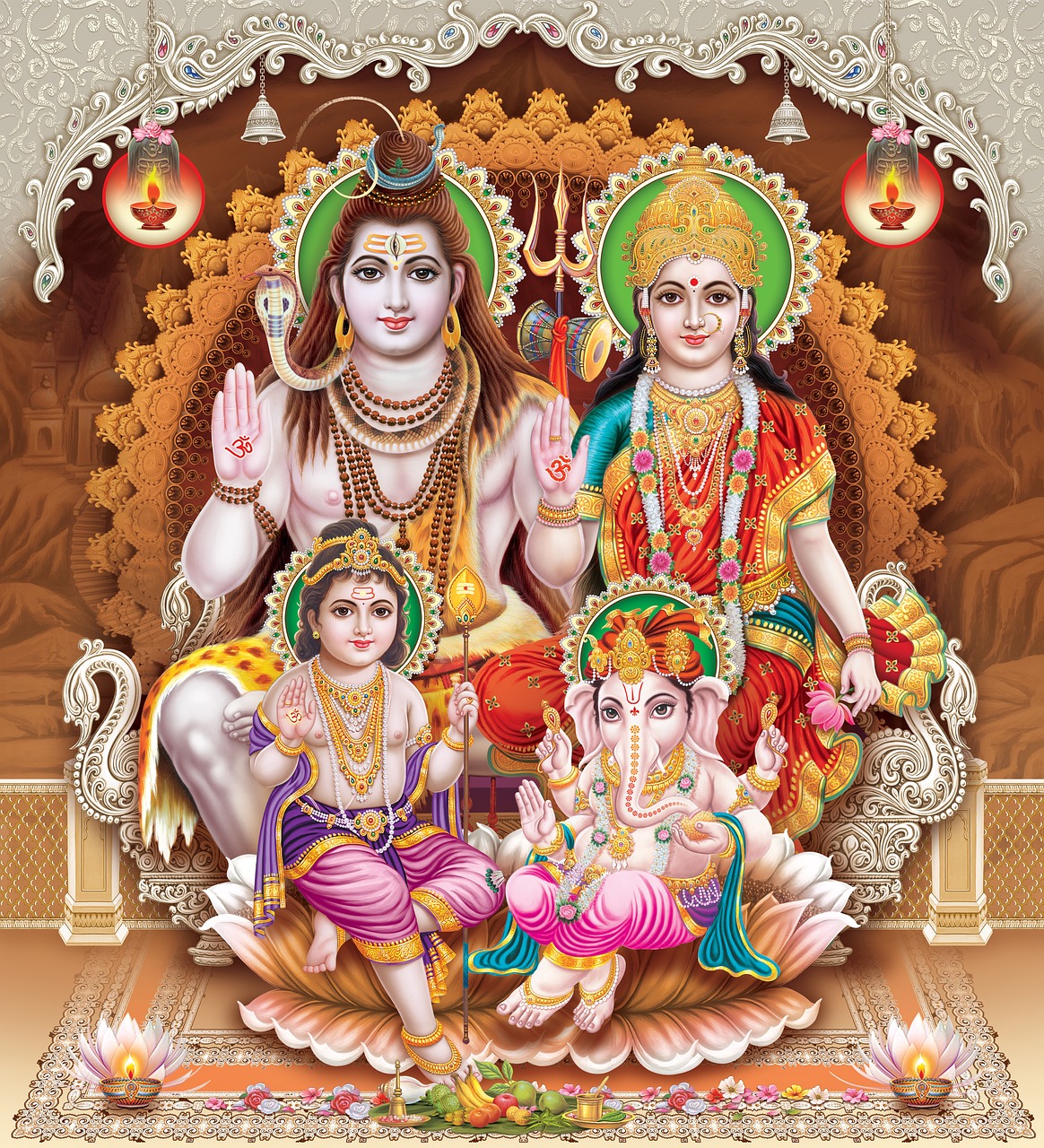Greek mythology encompasses an extensive array of narratives involving deities, heroes, and ancient rituals, originating from the Greek civilization and extending through Classical antiquity. Although some philosophers, such as Plato from the 5th–4th century BCE, acknowledged that these myths contained imaginative elements, the general populace regarded them as authentic accounts, deeply embedded in their cultural beliefs. The far-reaching impact of Greek mythology remains evident in Western art and literature, which have inherited a significant portion of Greek heritage.
Cultures across the globe have crafted myths explaining natural phenomena, chronicling heroic endeavors, or rationalizing societal structures. Nonetheless, Greek mythology is distinguished as a preeminent source of both creativity and allure within Western culture. From classical poets to contemporary artists, Greek mythological themes have provided inspiration and resonance, underscoring their timeless relevance.
Sources of Greek Myths: Literary and Archaeological Elements
Homeric works, particularly the Iliad and the Odyssey, serve as principal sources of Greek mythology. The 5th-century BCE historian Herodotus posited that Homer and Hesiod were instrumental in attributing recognizable traits to the Olympian gods. For an audience well-versed in Greek mythology, characters like Apollo, the son of Zeus, were immediately identifiable by their lineages. Greek myths served a purpose beyond mere amusement; they were treated with profound respect by notable figures such as Pindar, who viewed them as crucial narratives.
Additionally, Hesiod’s Theogony and Works and Days contribute significantly to the mythological canon. The Theogony, dating to around 700 BCE, focuses on the origins of the gods and includes intricate genealogies intertwined with folklore and etiological narratives. Works and Days, in contrast, offers agrarian wisdom and a philosophical discourse on justice directed at Hesiod’s possibly fictional sibling, Perses. While the two works are often seen as separate, they also interlink thematically, complementing each other’s messages about the divine and human realms.
Other Notable Literary Contributions
Numerous later literary attempts fill the storytelling gaps left by Homer, exploring the Trojan War’s additional aspects through fragmentary post-Homeric epics. The Homeric Hymns, shorter poetic works, also convey significant religious myths. Lyric poets, particularly Pindar of Thebes (flourished 6th–5th century BCE), rich in narrative tradition, and the plays of renowned tragedians Aeschylus, Sophocles, and Euripides, have preserved diverse mythological tales.
During the Hellenistic period (323-30 BCE), figures like Callimachus and Euhemerus contributed to the recording and interpretation of obscure myths, with the latter proposing that gods may have initially been human—a viewpoint that became known as Euhemerism. The works of Apollonius of Rhodes detailed the storied journey of the Argonauts seeking the Golden Fleece.
Archaeological Advances and Their Impact
Archaeological findings have profoundly informed our comprehension of Greek mythology. The discoveries made by Heinrich Schliemann of the Mycenaean civilization in the 19th century, along with Sir Arthur Evans’ exploration of the Minoan civilization, illuminated the historical context from which myth and ritual emerged. These findings highlight aspects of both Minoan and Mycenaean cultures, spanning critical periods from 2200 to 1200 BCE, followed by a significant Dark Age until around 800 BCE.
Evidence concerning mythology from these ancient societies primarily exists in monumental form, as the Linear B script predominantly served administrative purposes. The Geometric pottery designs from the 8th century BCE often depict scenes reflective of the Trojan saga and Heracles’ exploits. However, the less formal style of art complicates precise identification and interpretation due to a lack of accompanying inscriptions. As subsequent historical periods—Archaic, Classical, and Hellenistic—progressed, mythological depictions continued to flourish, reinforcing the foundational narratives established in earlier literature.



